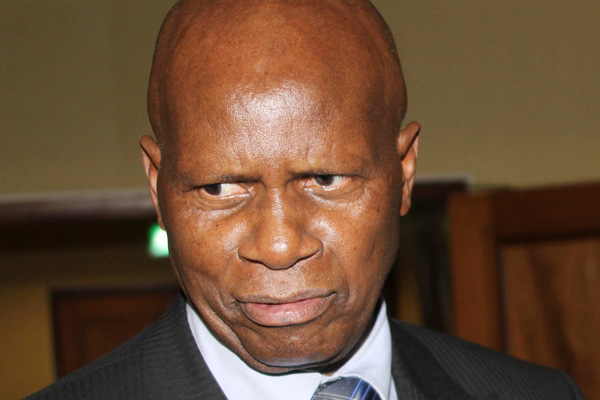
GOVERNMENT expects to inject $50 million in bond notes into the economy by the end of year despite resistance from the general public.
BY VICTORIA MTOMBA
The bond notes will be introduced under the $200 million export incentive facility guaranteed by the African Export-Import Bank (Afreximbank).
Speaking in Parliament on Thursday, Finance minister Patrick Chinamasa said the cost of the facility, which was around 5% per annum on drawn down amounts, would be borne by government. He said the capital would be preserved from the proportion of the exports supported by the facility.
“At the rate at which the country is exporting, we anticipate that bond notes equivalent to around $50 million will be in the market by end of December 2016,”he said.
Last month, Reserve Bank of Zimbabwe (RBZ) governor John Mangudya said he would introduce bond notes in the form of a 5% export incentive as one of the measures to address the cash shortages gripping the economy.
The bond notes will be in denominations of $2, $5, $10 and $20.
However, the move has been met with resistance from the public, who see it as an attempt to revive the Zimbabwean dollar which was decommissioned last year. The local unit was dumped in 2009 in favour of a multicurrency regime that had the United States dollar, South African rand, Botswana pula and the British pound.
- Chamisa under fire over US$120K donation
- Mavhunga puts DeMbare into Chibuku quarterfinals
- Pension funds bet on Cabora Bassa oilfields
- Councils defy govt fire tender directive
Keep Reading
RBZ contends that the facility is meant to incentive exports, with exporters receiving an additional 5% of their export proceeds in bond notes. RBZ said an exporter would receive a 5% incentive on any exports which would be given by the bank after a request has been made to the central bank.
Chinamasa said the bond notes would be at par with the United States dollar and no one would be forced to use them, especially if they were not exporters.
The country’s main exports are platinum, gold, tobacco, ferrochrome and chrome, which are Zimbabwe’s highest foreign currency earners.
Chinamasa said the central bank was monitoring cash deposit trends within the various banks, where it was generally noted that cash deposits had declined by an average of 40% during the month of May 2016.
He said RBZ was assessing banking trends for high cash generators that included wholesalers, retailers, fuel dealers and mobile phone companies. The exercise started on June 3.
Chinamasa said some players were selling cash, engaging in illicit deals and were not depositing cash.
Analysts say high bank charges and low interest on deposits were chasing away depositors.











